
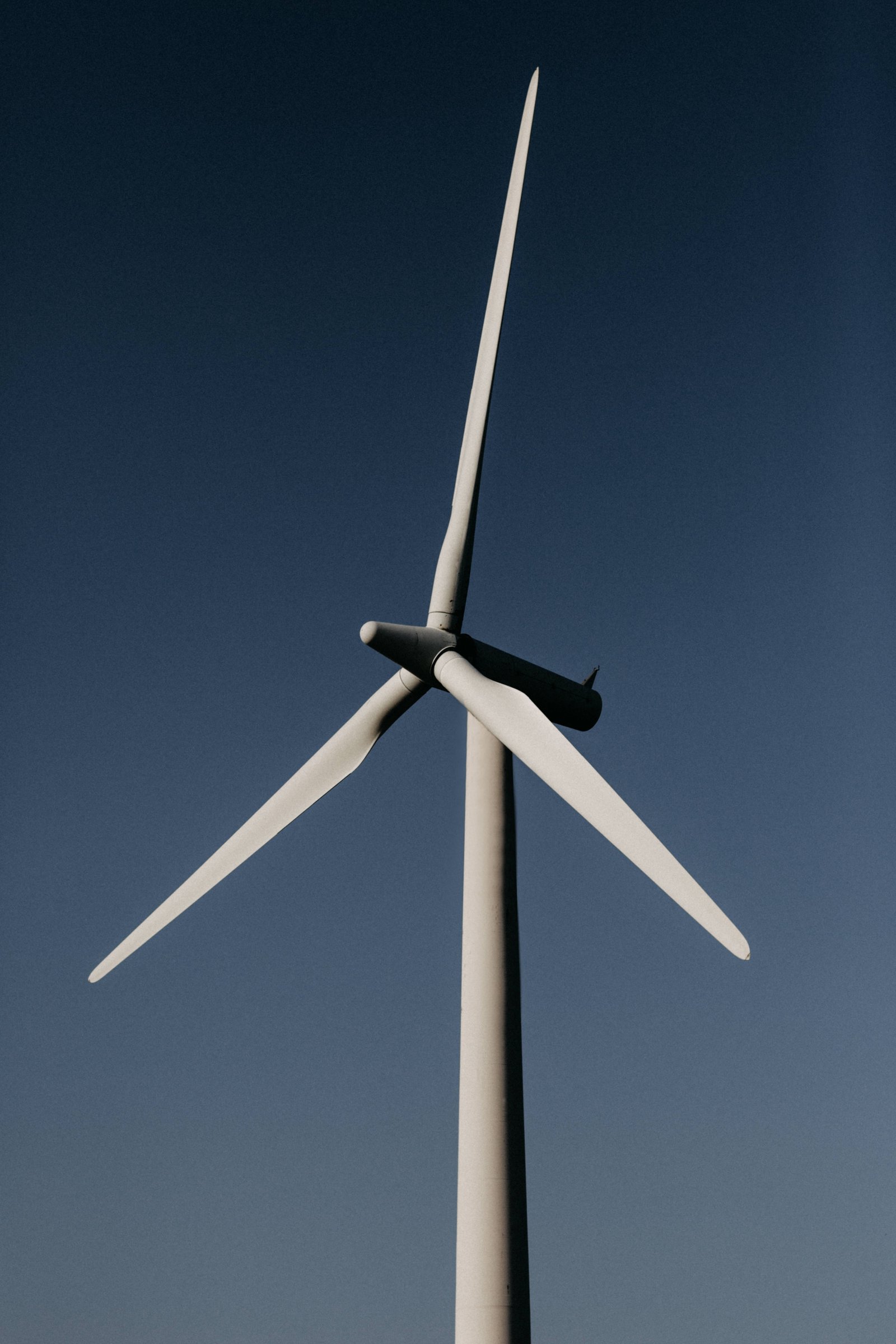
As the world continues to embrace clean, renewable energy, wind power has emerged as a dominant force in reducing dependence on fossil fuels.
Wind turbines, both onshore and offshore, are now key players in producing electricity. Behind the scenes, however, is an unsung hero that ensures these turbines function efficiently—the Wind Power Cable.
But what exactly is a Wind Power Cable? In this comprehensive article, we’ll explore the history, characteristics, types, and uses of wind turbine cables, and how they contribute to the success of wind farms globally.
This guide will also provide you with detailed information on various wind turbine cable applications, technical features, and the difference between onshore and offshore wind turbines.
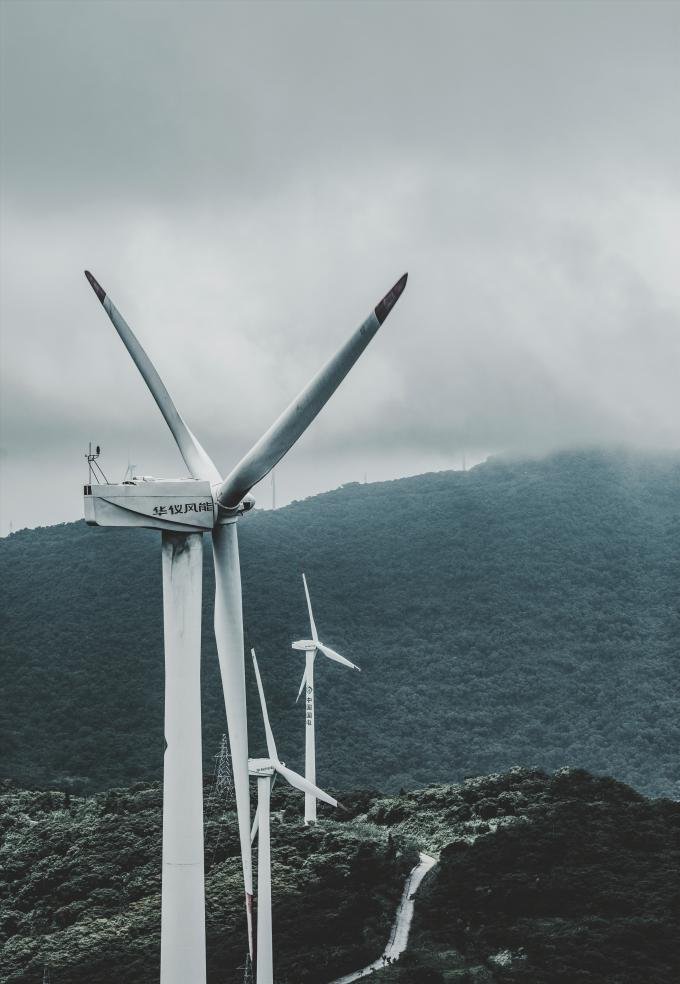
The journey of wind turbines began long before the modern energy revolution. From simple windmills used for grinding grains to today’s sophisticated wind turbine power plants, the underlying concept has remained the same—harnessing the wind’s power to generate energy.
However, as wind energy technology evolved, the need for specialized wind power cables became apparent.
Initially, early wind turbine cables were standard power transmission lines. However, as wind turbines became larger and more complex, particularly in offshore environments, the need for cables that could withstand extreme environmental factors, such as torsion, vibration, and weather conditions, arose.
This led to the development of Wind Power Cables with specialized characteristics such as:
Corrosion resistance for harsh environments like offshore wind farms
Torsion resistance for the rotating nacelles of wind turbines
High flexibility to endure the constant movement of turbines
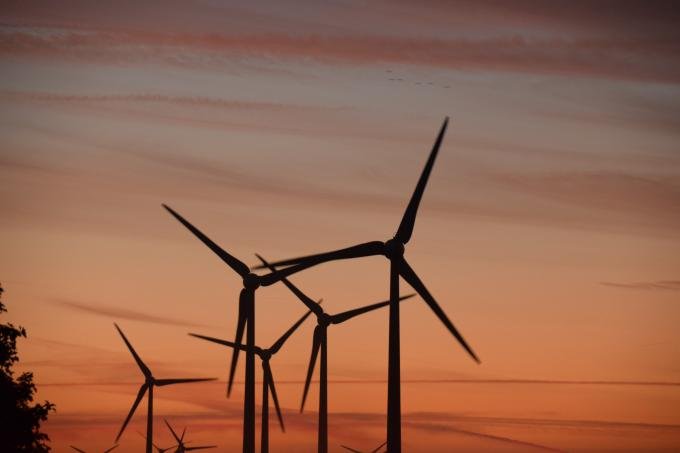
Wind Turbine Power Cables are designed to meet the unique demands of wind farms. These cables need to be tough, durable, and able to withstand challenging environmental conditions.
Some of the key features of Wind Turbine & Energy Cables include:
Wind turbines operate in some of the harshest environments, from icy mountaintops to offshore platforms exposed to saltwater. Therefore, Wind Farm Cables must be durable enough to withstand exposure to moisture, UV rays, chemicals, and extreme temperatures.
One of the most critical features of a wind power cable is its ability to resist torsion. The cables are constantly subjected to twisting and movement as the wind turbine rotates, which can cause wear and tear. Torsion Resistance Wind Turbine DLO Cables are specifically designed to endure this constant rotation without breaking or losing performance.
Flexibility is essential for wind turbine cables, as they need to accommodate the movement of the turbine blades and nacelle. Flexible Wind Turbine Control Cables Of 1.8/3kv are specifically designed for the high levels of bending and movement required in wind turbines, ensuring smooth power transmission without wear.
Many Wind Power Cables are designed to carry high voltages over long distances. These cables are often rated at 2kV or higher, such as 2kv 4/0 awg wind turbine copper power cables, which provide reliable power transmission over extended distances.
In offshore wind farms, Offshore Wind Cables are exposed to saltwater, which can lead to corrosion. To combat this, these cables are made from materials like HEPR (Hard Ethylene Propylene Rubber) and coated with a protective polyolefin sheath to ensure long-lasting performance in marine environments.
In addition to being environmentally friendly, Low Smoke Zero Halogen cables are safer for workers and equipment. These cables emit low levels of smoke and no harmful halogens when exposed to fire, reducing the risk of toxic exposure in an emergency.
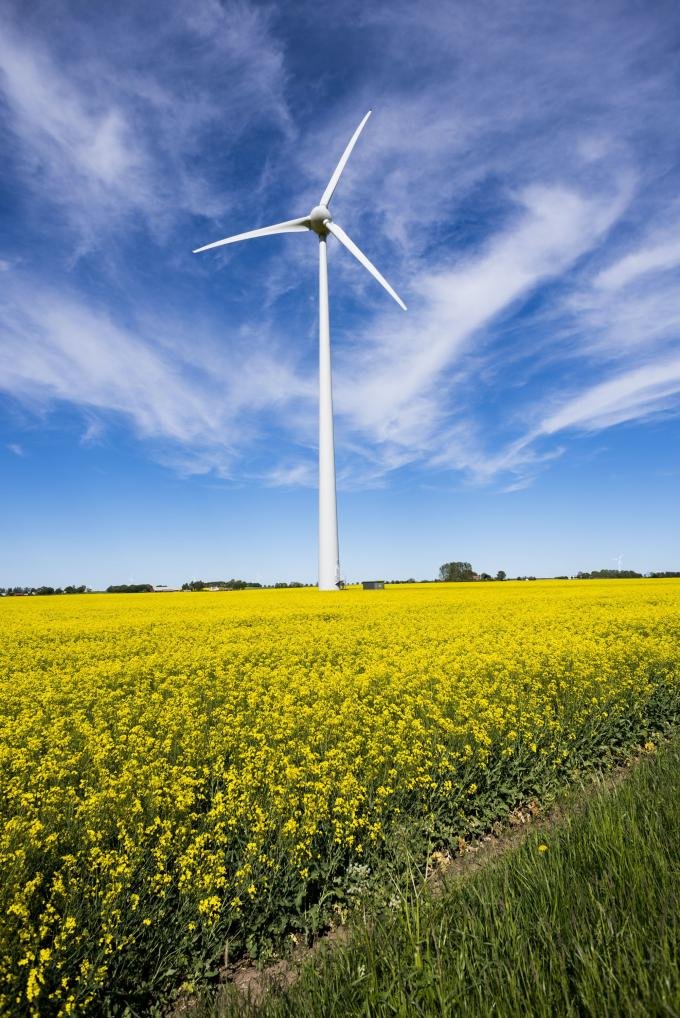
There are various types of Wind Power Cables designed to meet the specific needs of wind turbines, whether onshore or offshore. Here’s a breakdown of the main types:
Wind Turbine Tray Cables are used for transmitting power from the turbine to the grid. They are often flexible and designed to withstand heavy mechanical loads and environmental stress.
In wind turbines, sensors are used to monitor the blades, nacelle, and tower’s position and performance. Flexible sensor cables transmit the data from these sensors to the control system, allowing for precise adjustments to maximize efficiency.
Wind turbines need efficient communication systems. POF-fibre optics and hybrid cables are commonly used for transmitting data between various parts of the turbine, from the base to the nacelle, ensuring seamless operation.
As wind turbines rotate, the power cables experience twisting forces. Torsion Resistance Wind Turbine DLO Cables are engineered to handle this continuous movement without losing efficiency or durability.
Specially designed for offshore wind farms, Offshore Wind Farm Cables need to withstand saltwater corrosion and rough sea conditions. These cables are often heavily armored and coated with polyolefin to protect against marine environments.
For internal wiring, Flexible Copper Core 4G1.5 unarmoured wiring cables for Wind Farm stations provide excellent flexibility, making them suitable for connecting various components within the turbine, especially where space is limited.
Aluminum 1kV Turbine Power Cables are an excellent alternative to traditional copper cables. They are lightweight, corrosion-resistant, and cost-effective, making them ideal for large wind farms where reducing weight and cost is a priority.
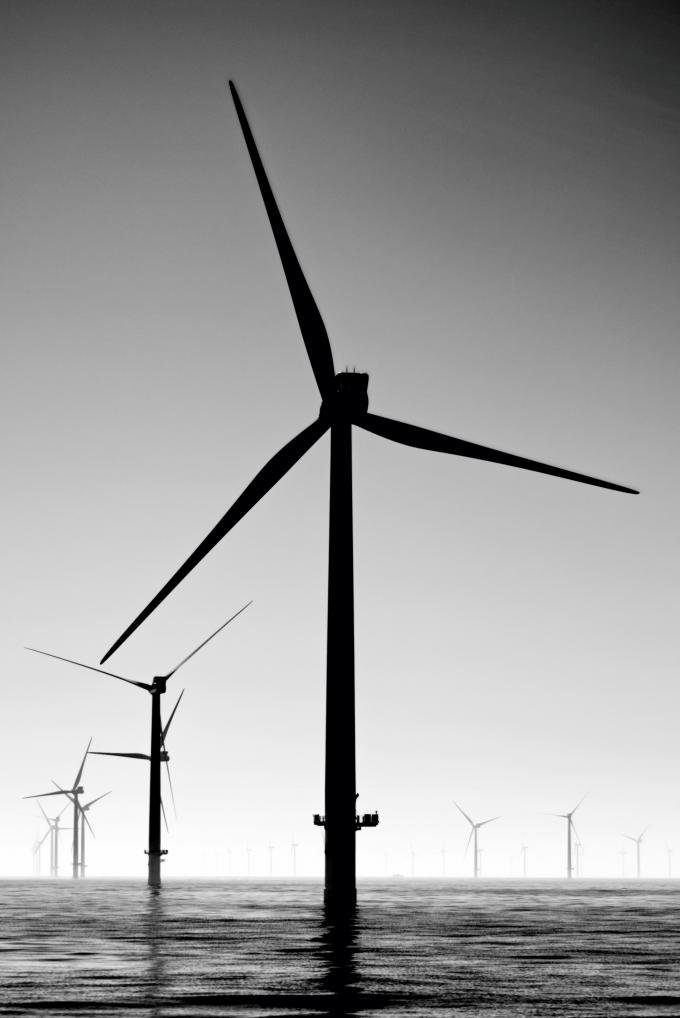
Wind Power Cables are an essential component of both onshore and offshore wind farms. Their primary function is to transmit the power generated by the wind turbine to the grid. However, their specific applications vary depending on the location of the wind farm and the type of turbine.
In onshore wind farms, Wind Farm Cables are installed to transmit power from the turbine to the grid. These cables are exposed to environmental conditions such as wind, rain, and UV radiation.
Onshore wind turbines typically range between 1–3 MW in capacity, and their cables need to be durable enough to last for decades in outdoor conditions.
Offshore Wind Turbine Cables have unique requirements due to the challenging marine environment. Offshore Wind Farm Cables are designed to resist saltwater corrosion, tidal movements, and strong winds.
These cables typically transmit power over longer distances to reach the shore and the electrical grid. Offshore wind turbines tend to have larger capacities, often exceeding 50 MW, meaning the cables must be able to handle higher voltages.
Wind turbine cables are exposed to many factors that can cause wear, including temperature changes, wind forces, and mechanical stress. Some of the most significant challenges include:
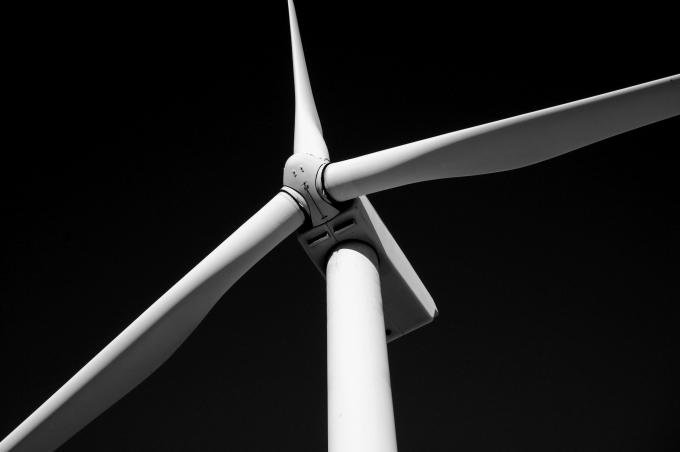
Wind energy is an essential part of our renewable energy future, and Wind Power Cables are at the core of making this technology work. With specialized cables for onshore and offshore applications, Wind Turbine Power Cables ensure reliable power transmission even in the harshest conditions.
From torsion resistance to corrosion protection, the modern windmill cables used in turbines are highly engineered for durability, flexibility, and efficiency.
Whether you're working on an onshore wind farm or a massive offshore wind project, using the right wind power cables ensures a smooth, efficient, and long-lasting operation. With advancements in materials and construction, such as the use of Aluminum 1kV Turbine Power Cable and HEPR insulation, the future of wind energy looks brighter than ever.
Investing in the correct wind turbine cables for your project will not only increase the lifespan of your equipment but also contribute to a more sustainable and energy-efficient world.